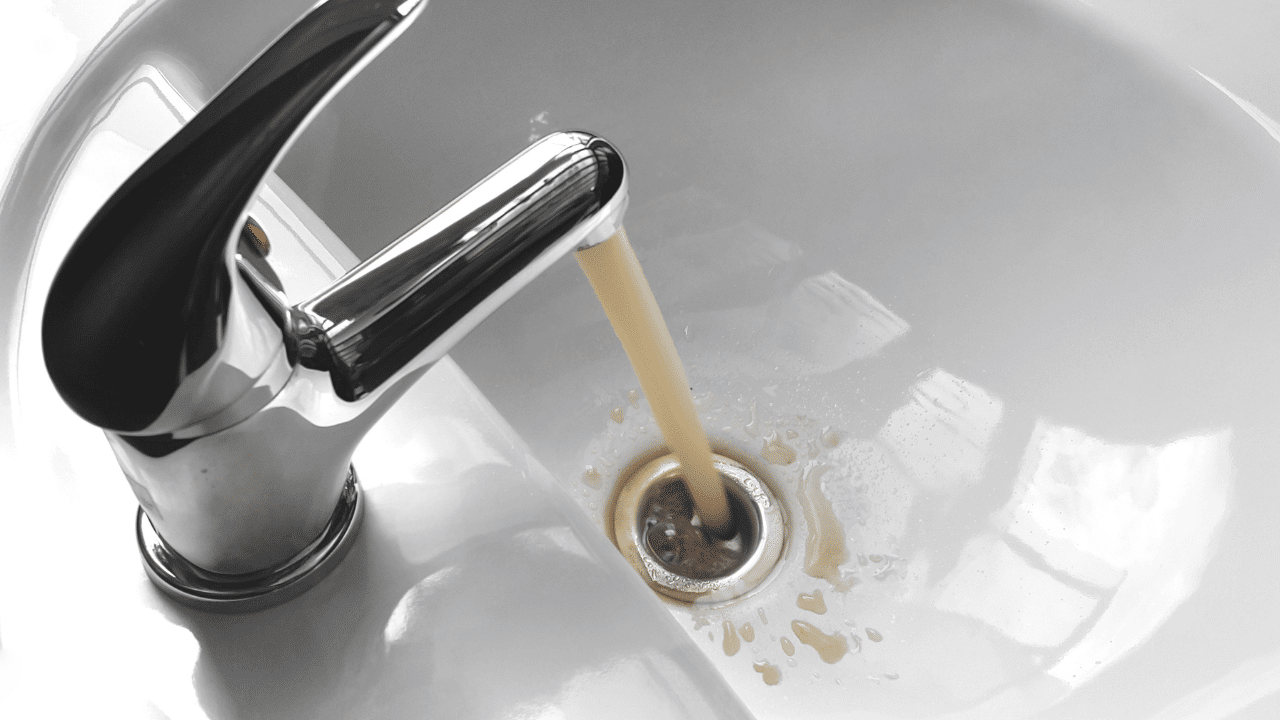Last Updated on September 7, 2023 by Pro Handyman Australia – Editorial Team
Water is an invaluable resource, and its efficient use is a cornerstone of green building. Water consumption statistics in the U.S. are a cause for concern. On average, every American utilizes 88 gallons of water daily. Strikingly, nearly one-third of all residential water consumption, approximately 9 billion gallons daily, is attributed to landscape irrigation. A considerable proportion of this – possibly up to 50% – is wasted. Factors such as evaporation, wind, and runoff, exacerbated by inefficient irrigation techniques, are to blame. This translates to billions of gallons of precious, fresh water being squandered every day, predominantly due to ineffective irrigation practices.
Greywater Systems: A Sustainable Solution
For those pondering over sustainable ways to reduce their household’s outdoor water consumption, the answer lies in greywater systems. These innovative setups channel greywater, which primarily comprises used washing water, away from the sewers. Instead, this water is routed to an irrigation system. The benefits of integrating a greywater system into a home are manifold. Not only does it promote water conservation and decrease monthly utility expenses, but it also delivers essential nutrients to your yard and garden. For eco-conscious homeowners, embracing the greywater revolution is undoubtedly a wise move towards sustainable living.
Understanding Greywater

Greywater is water that has been used for activities such as laundry, handwashing, and bathing. Importantly, this term does not refer to water that has come into contact with feces, for instance, from toilets or washing diapers. While it might appear slightly murky due to its characteristic grey hue, it’s not necessarily dirty. Greywater systems are designed to repurpose this lightly used water for different activities, particularly those that don’t require potable water. Such systems can be especially useful for tasks like watering gardens or lawns.
The Benefits of Greywater for Plant Growth
When considering the use of greywater for plants, one might wonder about its safety. For tasks like irrigating lawns, watering ornamental gardens, or nourishing trees, greywater can be not only safe but also beneficial—provided you use the appropriate cleaning and body care products. This is because greywater often contains traces of substances such as dirt, food particles, grease, and hair. While these might be considered pollutants if they were to enter natural water bodies, plants can actually benefit from them as they act as nutrients and fertilizers. Consequently, using greywater might even be a better option than using regular water for irrigation.
However, it’s important to note a caveat when it comes to vegetable gardens: ensure that the greywater does not come in direct contact with any part of the plant that you intend to eat.
Flexible Systems for Everyday Use
One of the convenient features of many greywater systems is the inclusion of a straightforward 3-way valve. This mechanism allows users to switch between the greywater system and the traditional sewer or septic system with ease. Such flexibility ensures that you always have the choice to drain away water that may not be suitable for your plants. At the same time, it offers the benefit of conserving valuable water every day by recycling it for secondary uses.
Dishwater and Greywater: Can They Mix?

Water from dishwashers and kitchen sinks typically isn’t considered suitable for reuse as greywater. The reason behind this is the presence of certain ingredients in many dishwashing detergents that can be detrimental to plants. However, if you’re keen on repurposing this water, opt for cleaning products that lack salts and boron.
Water Softeners and Their Impact on Greywater
When it comes to greywater reuse, the type of water softener you have can make a difference. Due to the salts in many water softeners, such water isn’t appropriate for plants. If you’re considering a switch, you might want to explore potassium softeners as an alternative to sodium ones.
Why Consider Greywater Reuse?
Greywater reuse offers several significant advantages. Beyond the evident conservation of water and the subsequent savings on water bills, repurposing greywater reduces its flow into the sewer or septic systems. This lessens the potential for polluting nearby rivers and lakes. Furthermore, by employing greywater, you can enhance sustainable backyard ecosystems that cater to local wildlife, providing them with food and shelter.
Demystifying Greywater Systems
Contrary to what the term might suggest, greywater systems don’t necessarily have to be complex. Organizations like Greywater Action advocate for simplicity in these systems. Consider the laundry-to-landscape setup: this straightforward system, which operates based on gravity, diverts water from washing machines to yard irrigation without changing the existing plumbing. No pumps, no intricate machinery, and minimal maintenance are required. Similar systems can be designed for shower and sink water, relying on gravity to direct the flow. Only homes with yards sloping upwards might need to consider the addition of a mechanical pump.
The Cost Factor of Greywater Systems
While any system’s price can vary based on its complexity, greywater systems are generally pocket-friendly. Using the laundry-to-landscape system as a reference again, the materials for this setup can range between $150 to $300. Given its simplistic nature and the need for only minor plumbing adjustments, DIY installation is feasible. For those who prefer professional installation, labor costs can add between $500 to $1,500, contingent on the system’s intricacy. In essence, greywater systems, despite their eco-friendly benefits, are reasonably priced.
Managing Excess Greywater
For many regions, especially those with dry or arid conditions, having an excess of greywater is a rare scenario. It’s remarkable how much water soil can absorb! However, in more humid or wetter areas, some homeowners leverage constructed wetlands to manage surplus water. Serving as nature’s purifiers, wetlands eliminate nutrients and pollutants from stormwater and wastewater. Constructed wetlands, akin to man-made ponds, treat greywater before it’s discharged into local water bodies or simply establish a sanctuary for backyard wildlife.
Grey Water systems can be broadly categorized into two types: diversion only systems and diversion with filtration systems. Here’s a breakdown of the two:
Diversion Only Systems
As the name suggests, these systems are designed solely to divert water from your home into your garden. They are particularly favored by those who wish to utilize Grey Water intermittently. Among their advantages, they are generally cost-effective and straightforward to install.
However, one must exercise caution when connecting a hose to a residential washing machine. Due to the limitations of household washing machine pumps, which are intended to pump water across short distances, there’s a risk of both overwatering the garden and causing wear and tear on the pump.
Managing Excess Grey Water
For households with substantial water usage, the potential overwatering of gardens may become a concern. In such cases, implementing a collection well alongside diverter stations is advisable. This setup allows for the temporary storage of filtered water, which can then be directed as needed, mitigating the risks associated with overwatering.
Practical Considerations for Grey Water Usage
For those contemplating the adoption or use of Grey Water systems, consider the following practical tips:
- If there’s uncertainty or a need for guidance, seek expert advice.
- Always wash your hands after interacting with Grey Water.
- Refrain from using Grey Water on vegetables and herbs meant to be consumed raw.
- If considering kitchen water for reuse, ensure it undergoes proper treatment.
- Avoid using hot Grey Water as it might detrimentally affect the beneficial microorganisms in the soil.
- Opt for eco-friendly cleaning products when employing a Grey Water system.
- Water used for cleaning cloth diapers should not be integrated into a Grey Water system.
Conclusion

In our ever-evolving quest for sustainability, greywater systems emerge as a practical solution for water conservation in both residential and commercial environments. This guide has elucidated the different types of greywater systems available, shedding light on their operation, benefits, and best practices for optimal use. Implementing these systems not only aligns with eco-conscious efforts but also contributes to significant savings in water bills. As with any sustainable initiative, the key lies in being informed and taking deliberate, informed actions. With the insights provided, homeowners and businesses alike can make a meaningful step towards preserving our planet’s most precious resource—water. As we move forward, embracing greywater systems is not just about sustainable living; it’s about securing a better future for generations to come.
